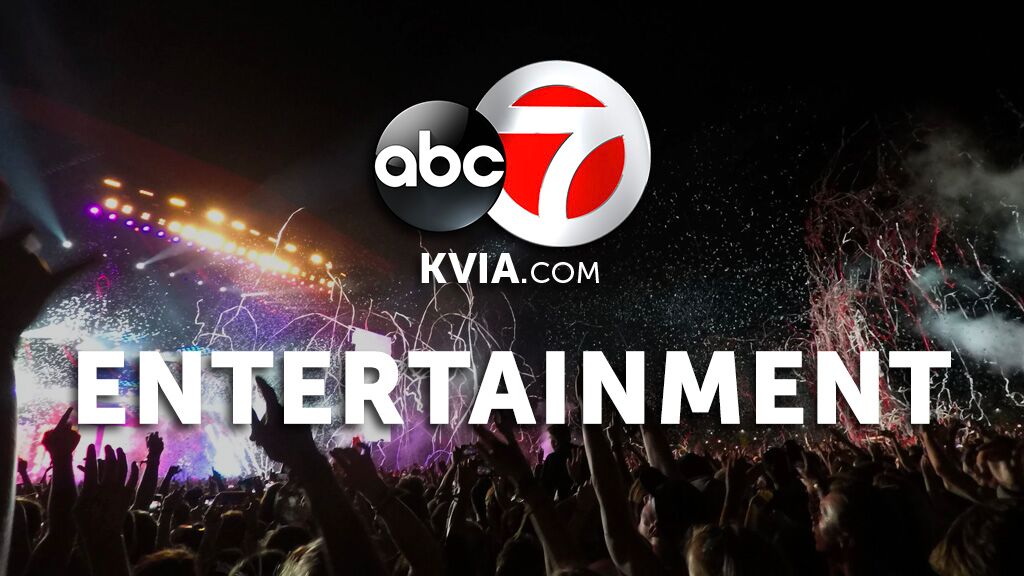‘Birds of Prey’s’ weak opening delivers a blow to the push for more R-rated superhero movies

For many comic-book fans, R-rated movies based on favorite characters are a badge of honor — proof that Hollywood is taking these properties seriously and treating them in a grown-up way, after a past that included plenty of campy abuse.
To those anticipating a golden age for that genre after “Joker’s” success, the disappointing “Birds of Prey” debut represents a bit of a wakeup call, if not quite a blow to head.
The movie, featuring Margot Robbie as Joker’s sadistic sidekick Harley Quinn, registered just $33 million in North America, well below expectations. For those thinking the one-two punch of Joaquin Phoenix winning an Oscar on Sunday and another big opening would knock down doors — especially at DC Entertainment, positioning it as a harder-edged alternative to Marvel — well, not so fast.
The lure of R-rated superhero fare has always come with potential tradeoffs.
The blockbuster haul by “Joker” — which earned more than $1 billion worldwide, and secured a best picture Oscar nomination — seemingly buoyed those efforts. Like so many things, though, the reality appears more complicated and harder to predict.
Despite “Joker’s” strong results, there have been recent high-profile failures, including a “Hellboy” revival that fell dismally flat. The same fate befell “Brightburn,” a horror-superhero mash-up, which essentially asked the provocative question what might have happened if that strange visitor from Krypton became evil as he hit puberty?
Marvel, notably, faces its own issues, with parent Disney having absorbed the entertainment assets of 20th Century Fox, including the popular “Deadpool” movies and X-Men, which gave rise to the R-rated “Logan.” The studio has expressed openness to continue making those films in a similarly irreverent vein, but doesn’t appear to be in any hurry to incorporate them into its existing cinematic universe.
Of course, the distinction between R-rated superheroes and the lesser PG-13 designation isn’t a huge gap, but it does say something about both creative and commercial aspirations — in the first case sacrificing some of the younger audience that has fueled Marvel.
For Disney, especially, that’s a demographic not easily sacrificed, given that the Marvel (and not incidentally, “Star Wars”) machinery feed into an assortment of lucrative revenue streams, including theme parks and merchandising like toys and games.
Even Marvel hasn’t been completely pristine, as evidenced by the gritty series — a la “Daredevil,” “Jessica Jones” and “Luke Cage” — that the company produced for Netflix, which definitely appealed to an adult crowd.
The main pitfall facing R-rated superheroes is the vast budgets that many of these movies entail, which makes closing off even a modest portion of the audience a dicey proposition.
Ultimately, the answer would appear to reside in treating characters the way that best serves the material, but also adjusting budgets and expectations accordingly. The Punisher, for example, has always been seen as a nastier commodity — and thus not conducive to blockbuster mode — while another vigilante, Batman, can still reasonably aspire to a broader footprint.
As an aside, it’s worth noting Harley Quinn was recently turned into a bloody animated series on the streaming site DC Universe, reflecting the various ways that studios can now cater to niche crowds via such services, as Warner Bros. has effectively done with its animated DC movies. (Both DC and the studio that releases its films, Warner Bros., are units of WarnerMedia, as is CNN.)
This much seems clear: Whatever enthusiasm “Birds of Prey” generated in fan circles didn’t translate beyond them in a manner that would have yielded more “fantabulous” box-office totals.
That doesn’t mean there isn’t demand for more R-rated heroes. But for those assembling wish lists of titles aching for such treatment, nor does that alone answer the riddle that sent Joker laughing all the way to the bank.
